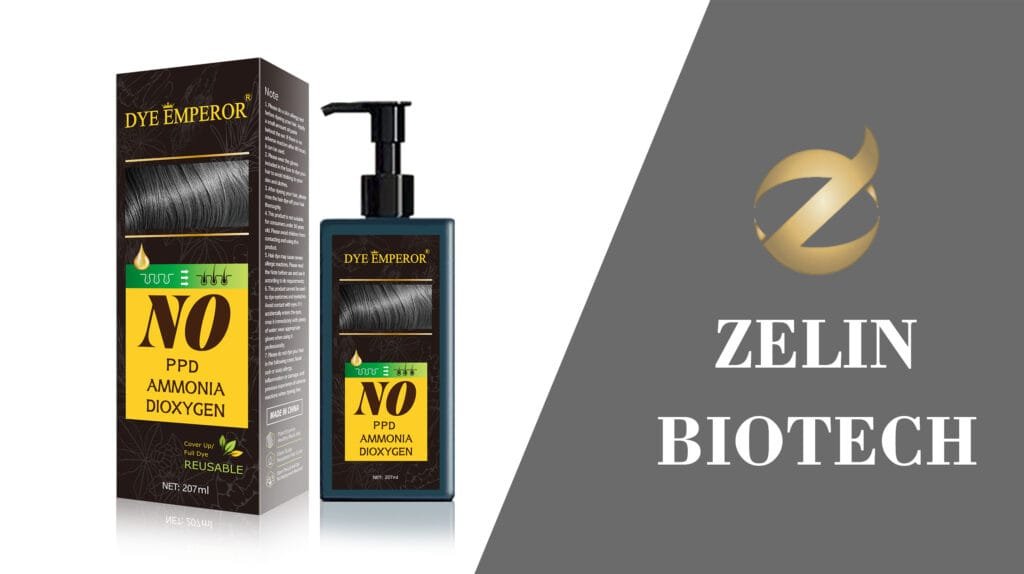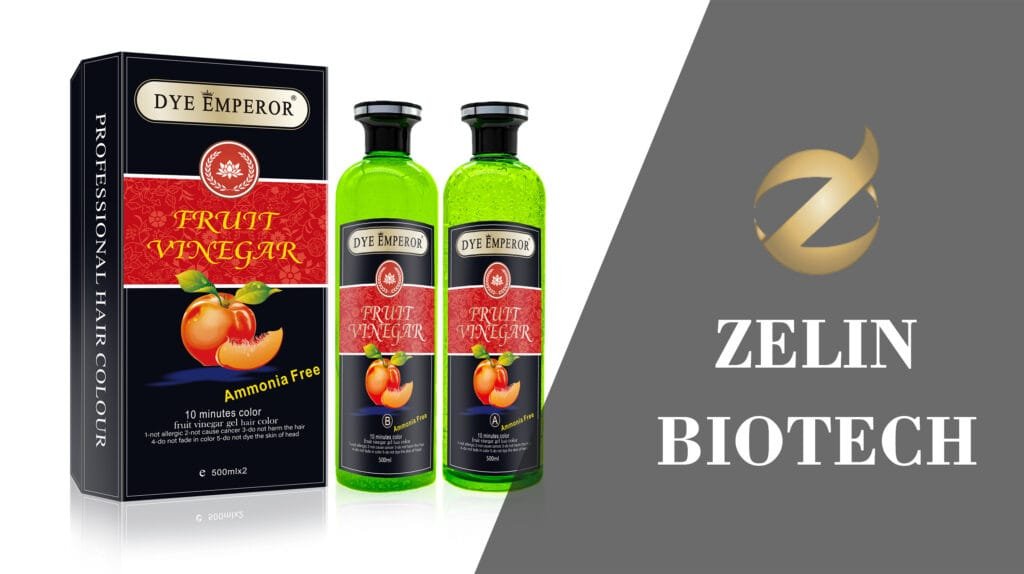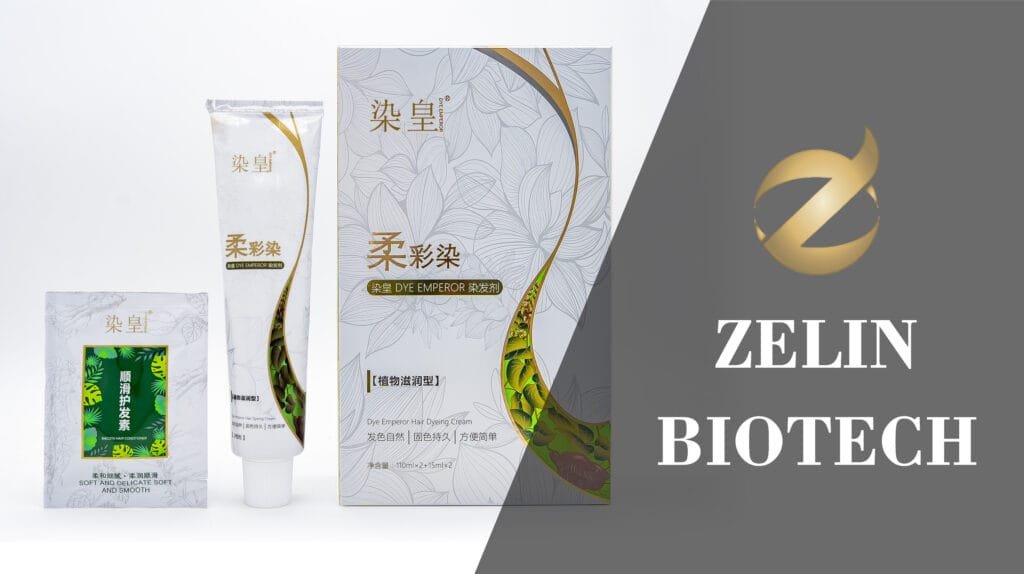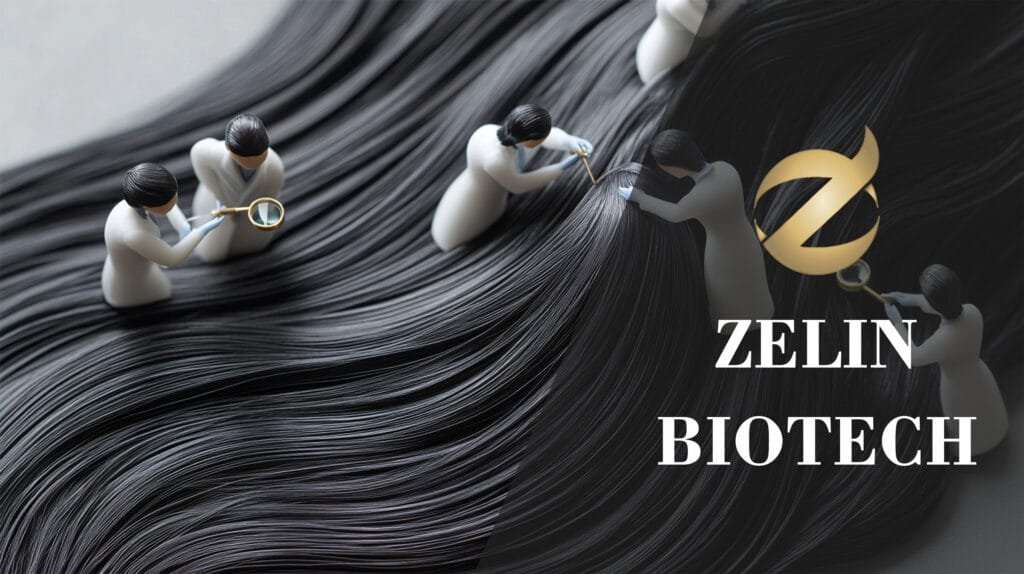As the seasons change, the urge to switch up your look often follows. But whether you are covering grays or transitioning from brunette to platinum, the most common question we hear is: “How often can I actually dye my hair without ruining it?”
The answer used to be a strict “wait 8 weeks.” However, today’s innovations in hair dye manufacturing—specifically ammonia-free formulations and plant-based bonding agents—have changed the rules.
Altering your hue doesn’t have to mean accepting damage. It largely depends on the quality of the formulation and how you treat your hair between salon visits.
The Official Safety Timeline: When Can You Dye Again?
Frequency depends entirely on the chemistry of the dye. Permanent dyes alter the hair’s internal structure, while semi-permanent options merely sit on the surface.
Here is the standard safety schedule based on modern dermatological and stylistic guidelines:
| Dye Type | Recommended Frequency | The “Why” (Hair Health) |
| Permanent Hair Color | 4 to 8 Weeks | These dyes open the cuticle to deposit pigment. Repeating this too soon can cause “porosity,” where hair can no longer hold moisture or color. |
| Root Touch-Ups | 3 to 4 Weeks | Since this is applied to “virgin” regrowth (new hair), you can do this more often. Crucial Tip: Do not pull the dye through to the ends every time. |
| Bleach / High-Lift | 8 to 10 Weeks | Bleach strips pigment and breaks disulfide bonds. This is the most damaging process. If your blonde turns brassy in between, do not re-bleach; use a toner or purple mask instead. |
| Demi-Permanent | 4 to 6 Weeks | Ammonia-free but uses a low-volume developer. Safe to refresh once the previous color fades. |
| Semi-Permanent | As Often as Desired | These are direct dyes (stains) with no peroxide. They act like a conditioner. You can use these weekly to refresh the tone. |
Red Flags: Signs You Are Dyeing Too Often
If you ignore these timelines, your hair will tell you. Look for these signs of “Chemical Fatigue”:
The “Gummy” Texture: If hair feels slimy or stretchy when wet, the internal protein bonds are breaking.
Rapid Fading: If your expensive color washes out in 3 days, your hair is too porous to hold the pigment.
Scalp Sensitivity: Itching or redness indicates the scalp barrier is compromised.
It’s Not Just About Time; It’s About Formulation
While the calendar is a good guide, the quality of the dye is the real variable. Not all dyes are created equal. The “fear of damage” usually stems from old-school formulations that relied heavily on harsh ammonia and aggressive lifting agents.
Modern professional manufacturing has evolved. If you want to color more frequently with less risk, look for brands that utilize:
Ammonia-Free Technology: Ammonia is effective but abrasive. New oil-delivery systems can drive pigment into the hair shaft without blowing open the cuticle, preserving the hair’s natural moisture barrier.
Plant Extract Infusions: Top-tier manufacturers now infuse dyes with botanical extracts that soothe the scalp and coat the strand during the coloring process, essentially acting as a “buffer” against chemical stress.
Pro Tip: If you are experiencing damage, check the ingredient list. If the brand isn’t prioritizing bond protection or botanical support, it may be time to switch.
Extend the Cycle: The “Color Maintenance” Strategy
The best way to dye your hair less often is to make the color last longer. This is where a Color Maintenance System becomes your secret weapon.
Instead of rushing back to the salon for a full chemical service (which risks overlapping damage), utilize specific treatments to extend the life of your color:
1. The Color-Depositing Mask (The In-Between Hero)
These are deep conditioning treatments laced with semi-permanent pigment.
How it works: It restores moisture while replenishing lost pigment on the hair’s surface.
The Benefit: You can push your permanent dye appointment back by 2–3 weeks simply by using a depositing mask at home. It keeps reds vibrant and brunettes rich without a single drop of developer.
2. Hair Loss Resist & Strengthening Shampoos
Chemical processing can weaken the follicle, leading to shedding. A standard shampoo strips oil, but a Hair Loss Resist Shampoo (often fortified with biotin, caffeine, or plant proteins) strengthens the anchor point of the hair.
The Rule: Never use high-detergent shampoos on dyed hair. They strip the color and the natural oils your hair desperately needs after processing.
Frequently Asked Questions (FAQ)
Q: Can I dye my hair again the next day if I hate the color?
A: If you used a semi-permanent dye, yes. If you used permanent dye or bleach, no. Your hair cuticle is currently wide open and vulnerable. Applying more chemical processing immediately can lead to severe breakage. Wait at least 2 weeks and use deep conditioning masks in the meantime.
Q: Does washing my hair less make the color last longer?
A: Yes. Water is the #1 enemy of hair color. Washing less frequently allows your natural oils to protect the cuticle. When you do wash, use cool water and a sulfate-free, strengthening shampoo.
Q: Is it safer to dye dirty hair?
A: Generally, yes. The natural oils on your scalp act as a protective barrier against chemical irritation. It won’t stop hair damage, but it will save your scalp from stinging.




